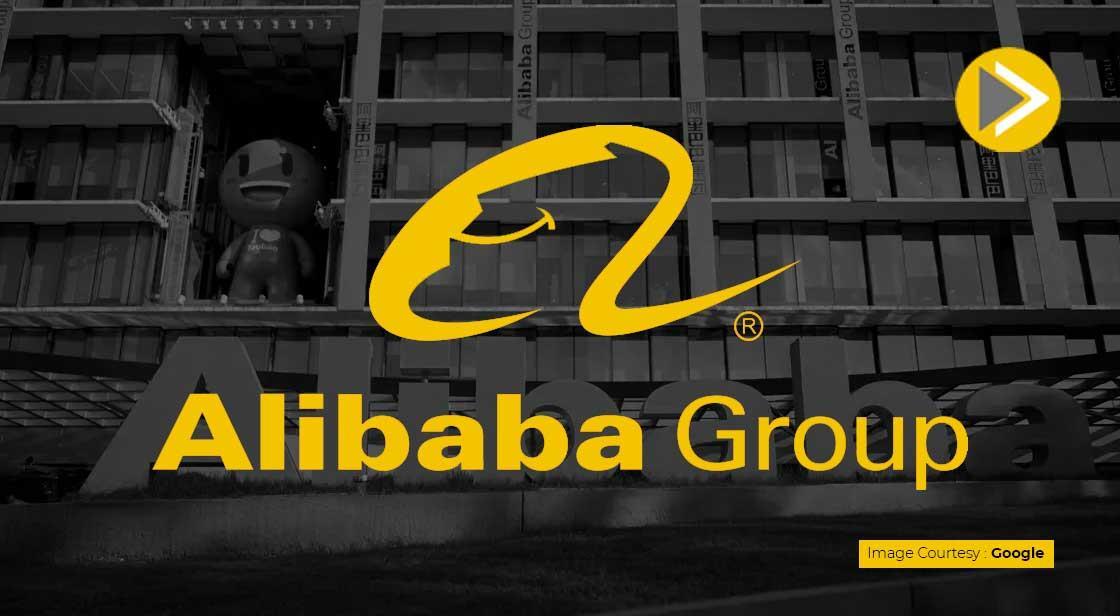Alibaba Launches Wan 2.1 AI Video Models, Challenges OpenAI’s Sora

News Synopsis
Alibaba has officially introduced Wan 2.1, its latest suite of AI-powered video generation models, marking a significant advancement in AI-driven content creation. The company has made these models open-source for both academic and commercial use, hosting them on Hugging Face. With capabilities like text-to-video (T2V) and image-to-video (I2V) generation, Wan 2.1 is set to revolutionize how videos are generated using artificial intelligence.
Wan 2.1 AI Models: A Breakdown
The Wan 2.1 suite includes four parameter-based models, each designed for different levels of video generation tasks:
-
T2V-1.3B and T2V-14B – Text-to-Video (T2V) models
-
I2V-14B-720P and I2V-14B-480P – Image-to-Video (I2V) models
Among these, the T2V-1.3B model is particularly noteworthy as it is optimized to run on consumer-grade GPUs, requiring only 8.19GB of vRAM. Alibaba claims that an Nvidia RTX 4090 can generate a five-second 480p video in under four minutes, making high-quality AI-generated videos more accessible than ever.
Advanced AI Architecture: How Wan 2.1 Works
Wan 2.1 models utilize a diffusion transformer architecture, incorporating variational autoencoders (VAE) to optimize memory usage while improving video quality.
A key innovation in this release is the 3D causal VAE architecture, named Wan-VAE, which plays a crucial role in ensuring:
-
Higher-resolution video generation (up to 1080p)
-
Better scene consistency by retaining historical frame information
-
Enhanced detail preservation across generated frames
These enhancements position Wan 2.1 as a formidable competitor in the rapidly evolving AI video generation space.
Alibaba's Claims: How Wan 2.1 Outperforms OpenAI's Sora
Alibaba asserts that Wan 2.1 surpasses OpenAI’s Sora model in key performance areas:
-
Superior scene generation quality
-
Higher single-object accuracy
-
More precise spatial positioning
While OpenAI's Sora model has been a dominant force in AI video generation, Alibaba’s Wan 2.1 aims to set new industry benchmarks with its enhanced capabilities.
Open-Source Model with Commercial Limitations
Alibaba has made Wan 2.1 available under the Apache 2.0 license, allowing free access for research and academic use. However, commercial usage is subject to specific restrictions, limiting its deployment in certain industries.
This approach aligns with a broader AI ethics framework, ensuring responsible and controlled use of advanced AI models while promoting innovation in academia.
Future Enhancements: Expanding AI Video Capabilities
While Wan 2.1 currently focuses on text-to-video and image-to-video generation, Alibaba hints at potential expansions in upcoming versions. Future iterations may include:
-
AI-powered video editing tools
-
Video-to-audio generation capabilities
-
Integration with generative AI ecosystems for more interactive content creation
As AI-generated video technology continues to evolve, Alibaba's commitment to research and development suggests even more groundbreaking innovations in the near future.
Conclusion
Alibaba's Wan 2.1 AI video generation models mark a significant milestone in AI-driven content creation, providing advanced capabilities that challenge established players like OpenAI’s Sora. By offering open-source access, Alibaba is fostering innovation in the AI community while setting new benchmarks in video quality, processing speed, and efficiency.
With its cutting-edge diffusion transformer architecture and high-resolution video generation capabilities, Wan 2.1 could reshape the digital content landscape, making AI-generated videos more accessible, realistic, and scalable. Although commercial restrictions apply, its availability under the Apache 2.0 license ensures that researchers and developers can refine and expand its functionalities.
As Alibaba continues to refine Wan AI models, the future holds exciting possibilities, from real-time AI video editing to interactive multimedia experiences. This development positions Alibaba at the forefront of next-generation AI content creation, opening new avenues for industries looking to leverage artificial intelligence for storytelling, advertising, and entertainment.
You May Like









